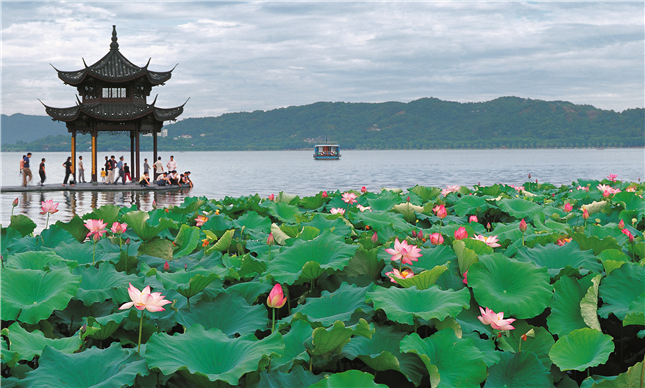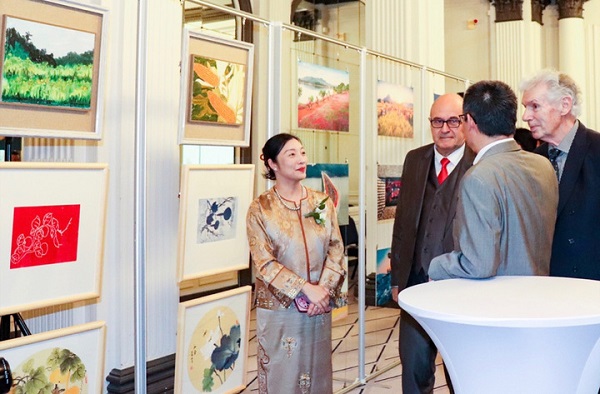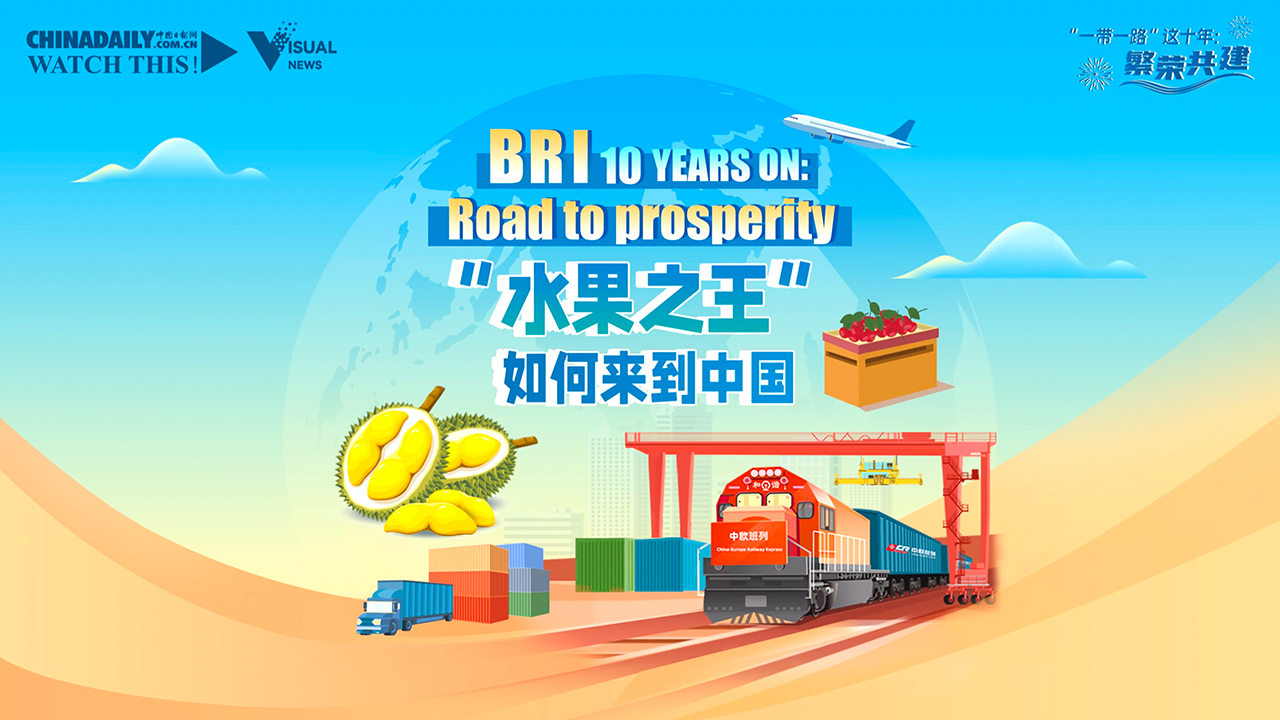A glimpse into Hangzhou

History
One of the birthplaces of Chinese civilization and ranking among the seven ancient capitals in China, Hangzhou stands out as the "Famous Town of Southeast China". The excavation of the Kuahu Bridge site located in the city's Xiaoshan district indicates that as early as 8,000 years ago the place already saw thriving human activities. The 5,000 year-old Liangzhu culture is hailed by historians as "the dawn of civilization". First set up as a county in the Qin Dynasty (221-206 BC), Liangzhu has a past of over 2,200 years. In the 9th year of Emperor Yang Jian, founder of the Sui Dynasty (581-618), the old Qiantang County (today's Hangzhou) was abolished and replaced by Hangzhou (Hang prefecture), marking the first appearance of its current name. Hangzhou was a marvel to 13th century Italian traveler Marco Polo who called it "the most graceful and splendid city of the world".
Economy
The Hangzhou municipal bureau of statistics reported on Jan 24 that the city's GDP reached 2.0059 trillion ($280.05 billion) yuan in 2023, marking a year-on-year growth of 5.6 percent.
The industrial enterprises above designated size, serving as economic stabilizers, saw their aggregated added value surpassing 435.5 billion yuan in 2023, a year-on-year increase of 2.4 percent. Notably, the manufacturing sector of the digital economy's core industries experienced a 4.5-percent growth in value-added.
The service industry, another pillar propelling Hangzhou's economic growth, played a crucial role in safeguarding Hangzhou's GDP beyond the 2-trillion-yuan mark.
Investment, consumption, and exports also worked in tandem, providing momentum for the city's economic progress.
In terms of investment, Hangzhou's investment mix continued to optimize, with rapid growth observed in high-tech industry investments. Notably, Hangzhou's industrial investment has maintained high-speed growth for three years.
The city's consumption also recovered with the total retail sales of consumer goods reaching 767.1 billion yuan in 2023, a 5.2-percent increase from the previous year.
Moreover, the total value of foreign trade goods reached 803 billion yuan in 2023, growing by 6.1 percent year-on-year. Within this, emerging products such as new energy vehicles, solar cells and lithium-ion batteries saw their exports grow by 557.9 percent, 55.0 percent and 37.3 percent, respectively.
Culture
Hangzhou boasts a long history and great cultural wealth. Its culture features the landmarks of the city, like West Lake, the Grand Canal and the Qiantang River and embraces integration and development in an open and innovative era.
The West Lake Culture absorbed the essence of local culture in different epochs, such as Kuahuqiao Culture, Liangzhu Culture that dates back to 3310 - 2250 BC, Wuyue Culture, and the cultures of the Southern Dynasty (1127-1279), Ming and Qing dynasties (1368-1644, 1644-1911) and the Minguo era (1912-1949).
West Lake Culture covers a wide range of elements, including landscape, gardening, religion, architecture, celebrities, folk customs, the Silk Road, tea and cuisine, all coming together in delicacy and harmony.
The Canal Culture, which integrates the specialties, waterscape, local opera and temple fairs, shows the openness, inclusiveness and popularity of Hangzhou Culture.
Qiantangjiang Culture is as magnificent as the tidal bore of the Qiantang River.
Geography & Climate
As the capital of Zhejiang province and its economic, cultural, science and educational center, Hangzhou is one of the central cities in the Yangtze River Delta. It also ranks among the first batch of National Historical and Cultural Towns crowned by the State Council.
Located in the southern wing of the Yangtze River Delta, at the western tip of Hangzhou Bay, it is the crossing point of the extension of the Silk Road Economic Belt and the 21st Century Maritime Silk Road, and a strategic hub along the Online Silk Road. Situated at the juncture of 29°11'-30°34' North and 118°20'-120°37' East, Hangzhou features a perfect blending of hills and water, and lakes and town, with its harmonious rich water resources of rivers, canals, lakes, sea, creeks. Hilly or mountain areas, largely concentrated in the west, middle and south, account for 65.6 percent of its territory. Its plains amount to 26.4 percent, mainly found in the northeast; and the surface area of rivers, lakes and reservoirs takes up 8.0 percent. Hangzhou boasts the largest reservoir in China's southern coast -- Qiandao Lake. Traversing the city is the world's longest artificial canal -- the Beijing-Hangzhou Grand Canal, and the Qiantang River, widely known for its spectacular tidal waves.
Hangzhou enjoys a subtropical monsoon climate with distinct seasons, ample sunlight and rainfall, more in spring and autumn and less in winter and summer.
Administrative Division
Under the jurisdiction of the city of Hangzhou are 10 urban districts, namely Shangcheng, Gongshu, Xihu (West Lake), Binjiang, Xiaoshan, Yuhang, Linping, Qiantang, Fuyang, and Lin'an, one county-level city -- Jiande -- and the two counties of Tonglu, and Chun'an. The city covers a total area of 16,596 square kilometers; 4,876 of them are urban.
-
Chun'an farmer paintings shine in Paris
April 7, 2024
-
Robots help to harvest tea in Hangzhou
April 1, 2024
-
Activities held to celebrate Huazhao Festival in Hangzhou
March 25, 2024
-
BRI 10 YEARS ON: Road to prosperity
October 16, 2023



